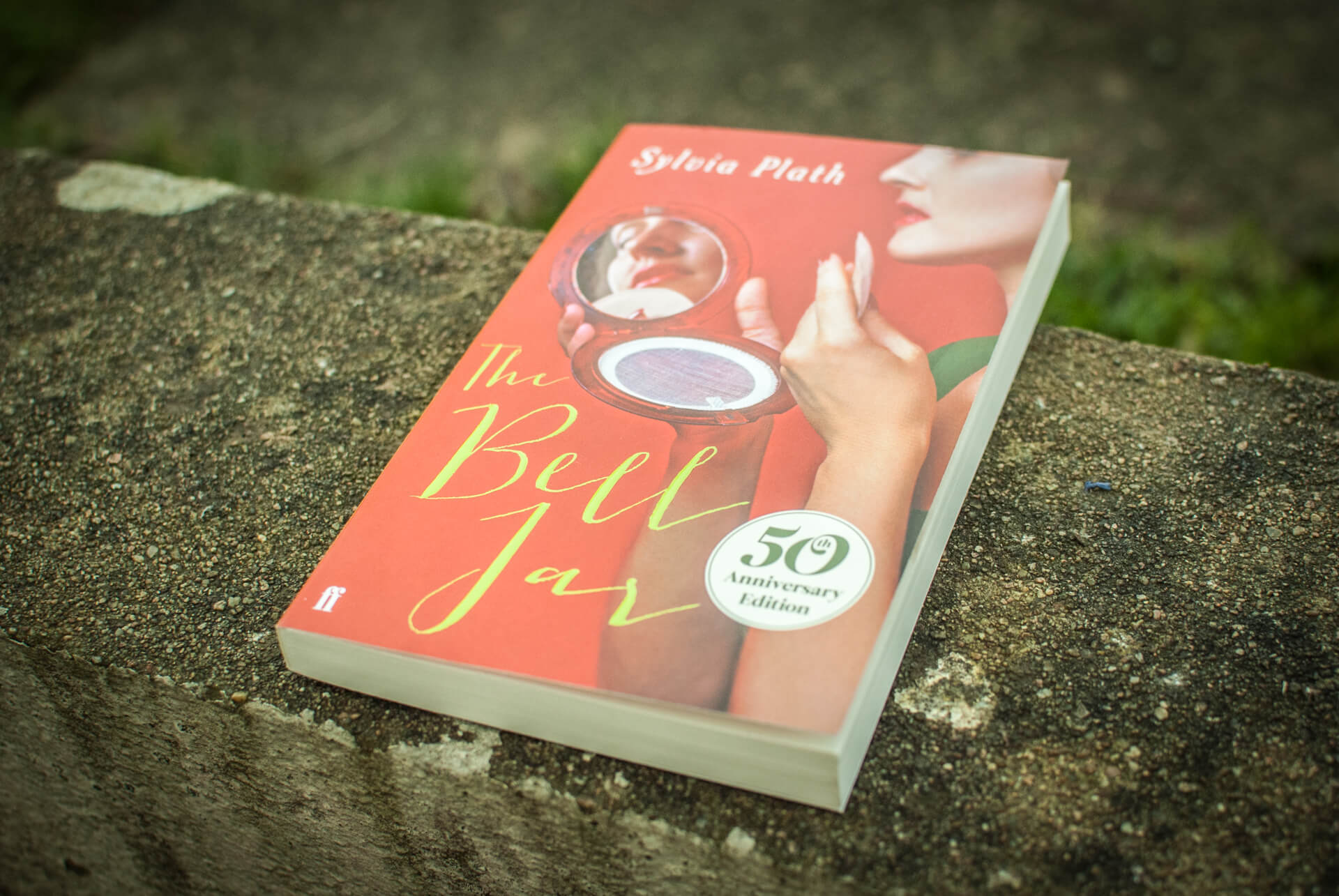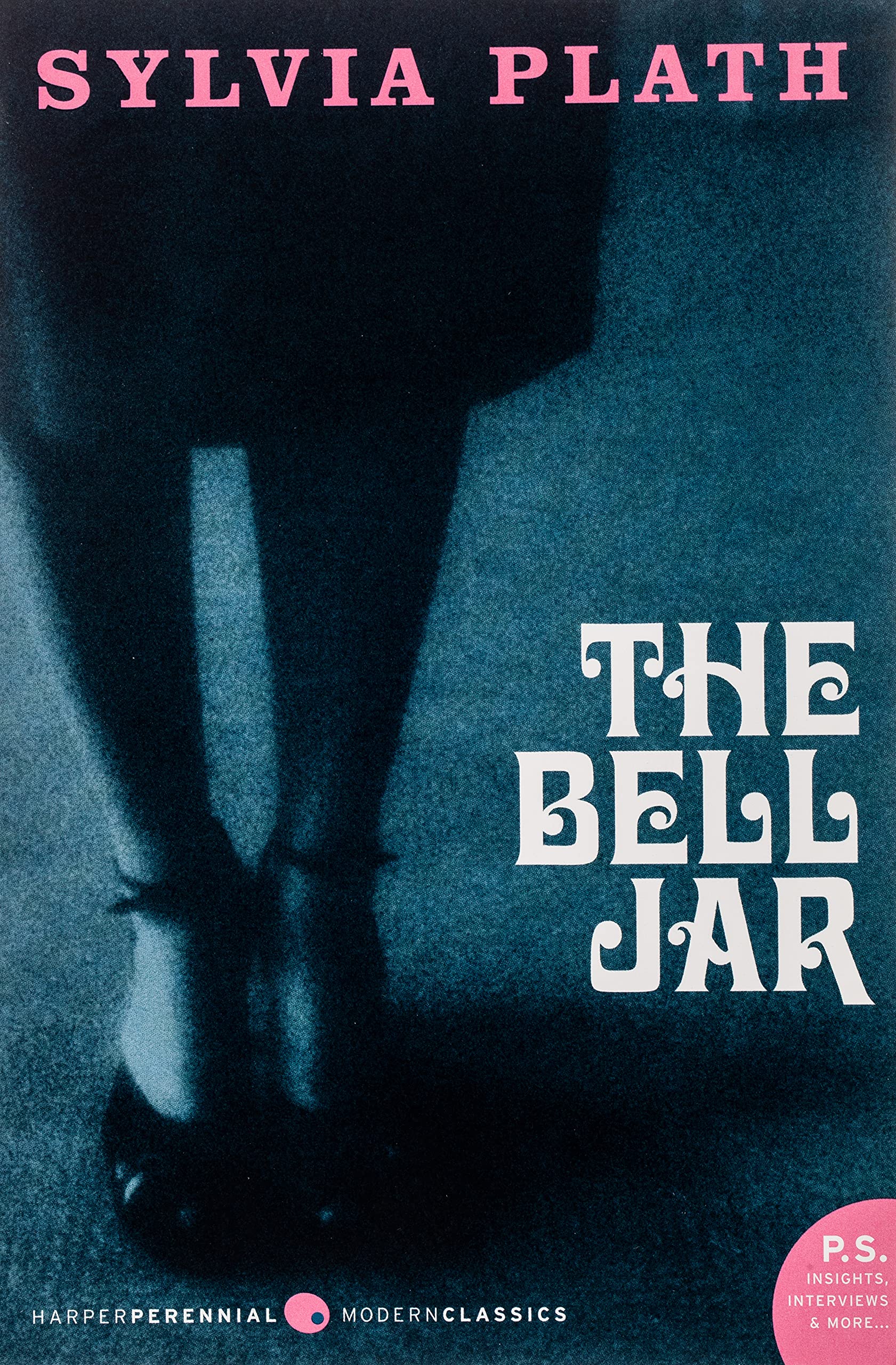**Hey there, bookworms and literary enthusiasts! If you've ever cracked open "The Bell Jar" by Sylvia Plath, you might've noticed some themes that are... well, let's just say, pretty layered. Today, we're diving deep into the world of Sylvia Plath and exploring a topic that doesn't always get the spotlight it deserves: racism in her work. Yeah, you heard me right. Racism. In "The Bell Jar." Stick around because this is gonna be one wild ride through the mind of one of literature's most iconic writers.**
When we think of Sylvia Plath, we often picture her as a symbol of feminist literature, a poet who laid bare her soul in hauntingly beautiful verses. But like any great artist, her work isn't immune to scrutiny. "The Bell Jar" is more than just a story about mental health; it's a reflection of the society she lived in, warts and all. And that includes race relations, which were—let's face it—super complex during her time.
So, why are we talking about this now? Well, literature isn't just about pretty words; it's about the conversations it sparks. And the conversation around Sylvia Plath's treatment of race is one that deserves more attention. Let's peel back the layers and see what we can uncover, shall we?
- Bill Wattersons New Book What The Calvin Hobbes Creator Is Doing Now
- Barry Gibb Tour 2025 Dates Tickets More Dont Miss Out
Here's the deal: this article isn't just about pointing fingers. It's about understanding context, exploring nuances, and learning from the past. So, grab your favorite cup of coffee, settle into your reading nook, and let's dive in!
Table of Contents
Sylvia Plath's Biography: A Quick Overview
Historical Context: The World Sylvia Plath Lived In
- Billy Prestons Net Worth Untold Riches Musical Legacy Revealed
- Joan Jurgensen Alex Karras First Wife Life Legacy
The Bell Jar: A Summary and Themes
Racism in "The Bell Jar": A Closer Look
Criticism and Reception: How Readers Reacted
Sylvia Plath's Views on Race: What We Know
The Impact of Racism in Literature
A Modern Perspective on Plath's Work
Wrapping It Up: What We've Learned
Sylvia Plath's Biography: A Quick Overview
Before we dive into the nitty-gritty of racism in "The Bell Jar," let's take a moment to get to know the woman behind the words. Sylvia Plath was born on October 27, 1932, in Boston, Massachusetts. She was a prodigy from the start, publishing her first poem at just eight years old. Plath's life was a whirlwind of success and struggle, marked by her brilliance as a writer and her battles with mental health.
Here's a quick snapshot of her life:
| Full Name | Sylvia Plath |
|---|---|
| Birth Date | October 27, 1932 |
| Death Date | February 11, 1963 |
| Spouse | Ted Hughes |
| Children | Frieda Hughes, Nicholas Farrar Hughes |
| Notable Works | "The Bell Jar," "Ariel," "Daddy" |
Sylvia Plath's life was a tapestry of highs and lows, and her work reflects that complexity. But what about her views on race? Let's keep reading to find out.
Historical Context: The World Sylvia Plath Lived In
Understanding Sylvia Plath's work requires understanding the world she lived in. The 1950s and early 1960s were a time of massive social change. The Civil Rights Movement was gaining momentum, and issues of race were front and center in American society. Yet, despite this backdrop of progress, many literary works of the time still grappled with outdated attitudes.
Plath herself was a product of her era, and her writing reflects both the progress and the limitations of her time. While she was deeply attuned to issues of gender and mental health, her treatment of race was sometimes... well, let's just say it wasn't always spot-on.
The Bell Jar: A Summary and Themes
For those who haven't read "The Bell Jar," it's the semi-autobiographical story of Esther Greenwood, a young woman navigating life, love, and mental illness in 1950s America. The novel is a powerful exploration of identity, societal expectations, and the struggles of growing up in a world that doesn't always make sense.
But here's the thing: while the novel is often celebrated for its raw honesty, it's not without its flaws. One of those flaws is its portrayal of race. In "The Bell Jar," race is often treated as a backdrop rather than a central theme, and that's something worth exploring.
Racism in "The Bell Jar": A Closer Look
So, let's get into the meat of the matter. How does racism manifest in "The Bell Jar"? Well, it's subtle, but it's there. For example, Esther's interactions with African American characters are often tinged with stereotypes and assumptions. She describes them in ways that reflect the racial attitudes of her time, and that can be uncomfortable to read.
Take this passage, for instance: "The Negroes were like a different species to me, strange and unknowable." Oof. That's heavy stuff. And it's not just about Esther; it's about the society she lives in and the way it shapes her worldview.
But here's the kicker: it's not all doom and gloom. Plath's work can also be seen as a reflection of the limitations of her time, and that's something worth acknowledging. Literature is a product of its era, and understanding that context is key to interpreting it.
Criticism and Reception: How Readers Reacted
When "The Bell Jar" was first published, it didn't exactly set the world on fire. In fact, it was initially published under a pseudonym and didn't gain widespread recognition until after Plath's death. But over time, the novel has become a classic, beloved by readers around the world.
That said, not everyone is a fan. Some critics have taken issue with Plath's treatment of race, arguing that it perpetuates harmful stereotypes. Others see it as a reflection of the era, a snapshot of a time when racial attitudes were still evolving.
So, what's the verdict? Well, that depends on who you ask. But one thing is for sure: the conversation around race in "The Bell Jar" is one that deserves to be had.
Sylvia Plath's Views on Race: What We Know
So, what did Sylvia Plath actually think about race? The truth is, we don't know for sure. Like many writers, her personal views are often obscured by her work. But we can make some educated guesses based on her writing and the context of her life.
For example, Plath was known to be deeply engaged with social issues, and her poetry often reflects that engagement. But when it came to race, her views were sometimes conflicted. She wrote about race in ways that were both progressive and problematic, and that duality is something worth exploring.
The Impact of Racism in Literature
Why does all of this matter? Well, because literature has power. It shapes the way we think, the way we see the world, and the way we interact with each other. When we read books like "The Bell Jar," we're not just consuming entertainment; we're engaging with ideas that can influence our worldview.
And that's why it's so important to have conversations about race in literature. By acknowledging the flaws in even the most beloved works, we can learn from them and create a more inclusive future.
A Modern Perspective on Plath's Work
Fast-forward to today, and the conversation around race in literature has evolved significantly. Modern readers are more attuned to issues of representation and diversity, and that's a good thing. But that doesn't mean we should dismiss the works of writers like Sylvia Plath. Instead, we should engage with them critically, asking tough questions and seeking deeper understanding.
So, what does that look like in practice? Well, it means reading "The Bell Jar" with a critical eye, recognizing both its strengths and its flaws. It means having conversations about race and literature that are honest and respectful. And it means continuing to push for more diverse voices in the literary world.
Wrapping It Up: What We've Learned
Alright, book lovers, we've reached the end of our deep dive into Sylvia Plath and "The Bell Jar." Here's what we've learned:
- Sylvia Plath was a complex writer whose work reflects the society she lived in.
- "The Bell Jar" is a powerful novel, but it's not without its flaws when it comes to race.
- Understanding the historical context of Plath's work is key to interpreting it.
- The conversation around race in literature is one that deserves to continue.
So, what's next? Well, that's up to you. If you're feeling inspired, why not leave a comment or share this article with a friend? Or better yet, pick up a copy of "The Bell Jar" and read it for yourself. Who knows? You might just discover something new.
Sources and Further Reading
For those who want to dig deeper, here are some sources to check out:
- The Bell Jar by Sylvia Plath
- Ariel by Sylvia Plath
- Sylvia Plath: The Collected Poems
- Mad Girl's Love Song: Sylvia Plath and Life Before Ted by Andrew Wilson
And there you have it, folks. Thanks for joining me on this literary adventure. Until next time, keep reading, keep questioning, and keep learning!
- Hilary Farr From Love It Or List It To Design Icon More
- Damon Wayans Net Worth 2025 Age Career Family Life


